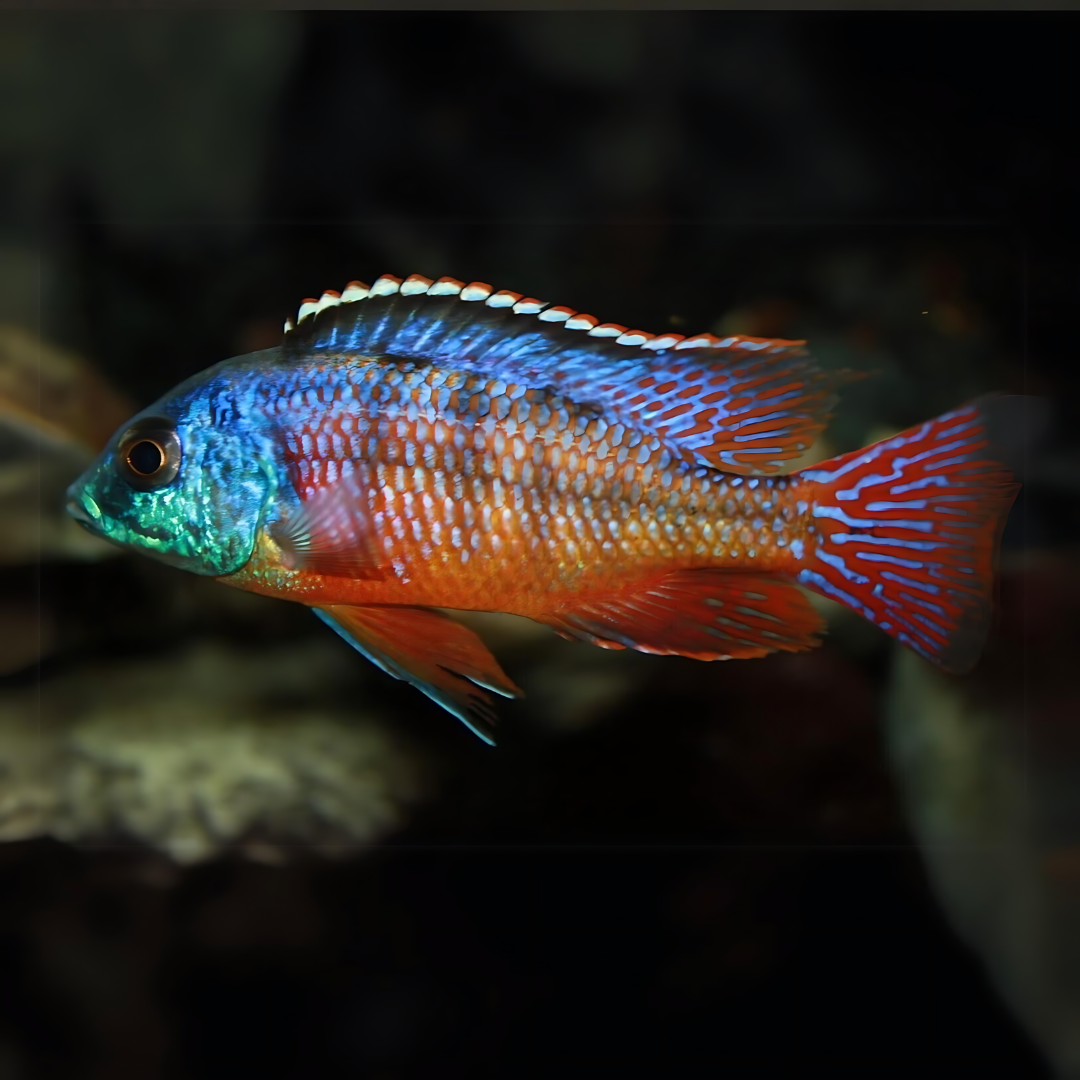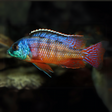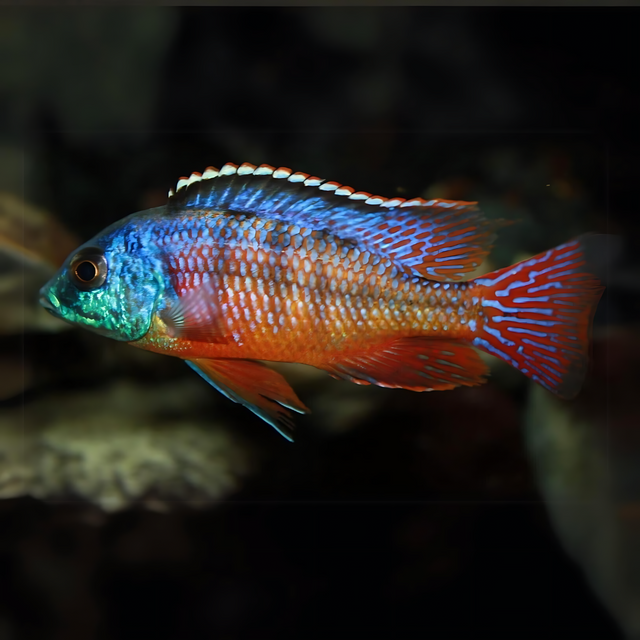Malawi Haps Cichlid Red Empress (Size 2 Inches) | Single
Malawi Haps Cichlid Red Empress (Size 2 Inches) | Single is backordered and will ship as soon as it is back in stock.
Couldn't load pickup availability
Description
Description
The Malawi Haps Cichlid Red Empress (Size 2" to 2.5") is a beautiful and highly sought-after species known for its striking coloration and active temperament. Native to Lake Malawi, the Red Empress is part of the Haplochromis group, known for their vibrant colors and peaceful demeanor compared to other cichlid species.
Physical Appearance: At 2 to 2.5 inches, the juvenile Red Empress begins to exhibit hints of its future radiant colors. Males, in particular, are known for their eye-catching blend of metallic blue, red, and orange as they mature. The body is streamlined and typically a shimmering blue-green, with vibrant red and orange streaks along the sides and fins, especially during the breeding season. Females, however, tend to be less colorful, often displaying a more muted silver or gray tone. As juveniles, both males and females appear less vivid, but as they grow and mature, their colors become more intense, making them a true standout in any tank. Males are usually the showstoppers, while females maintain a more subdued appearance.
Behavior: The Red Empress is relatively peaceful compared to many other Malawi cichlids. They are semi-aggressive, especially during breeding, but they are not as territorial as Mbuna species. As juveniles, they are more tolerant of tank mates, but as they grow, they may become more territorial, particularly the males.
Tank Requirements: Red Empress cichlids thrive in larger aquariums, ideally with a capacity of 75 gallons or more. The tank should be well-aerated, with strong filtration to maintain clean water, as they are sensitive to poor water conditions. The ideal water temperature ranges between 76°F and 82°F (24°C to 28°C), and the pH should be slightly alkaline, from 7.8 to 8.6, mimicking their natural habitat.
Diet: The Red Empress is an omnivore and requires a varied diet to maintain its health and vibrant colors. A staple diet of high-quality cichlid pellets or flakes should be supplemented with occasional live or frozen foods, such as brine shrimp, krill, and bloodworms. Vegetables like spinach or spirulina-based foods can also be offered to maintain their health and promote vivid coloration.



